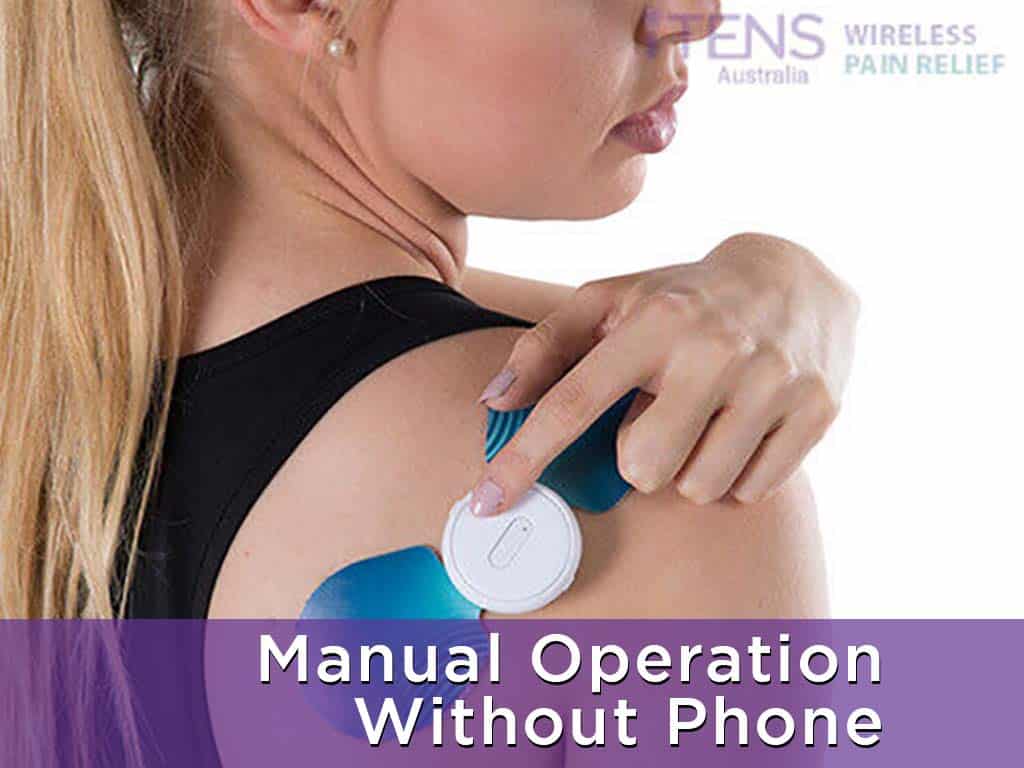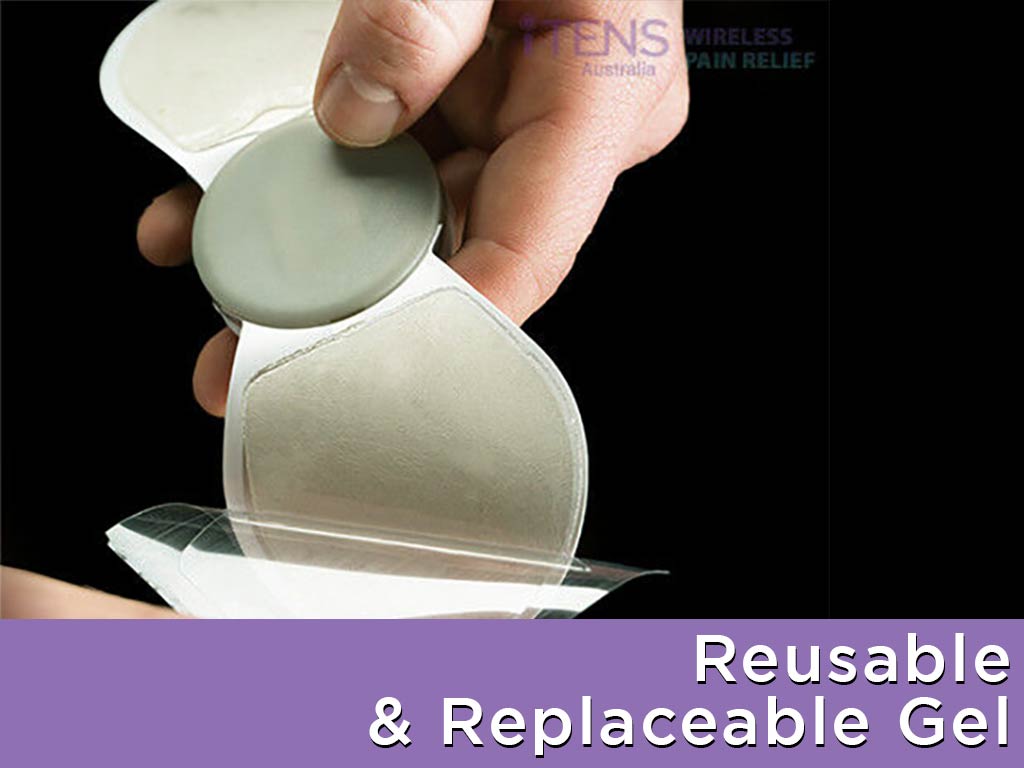
Transcutaneous Electrical Nerve Stimulation or TENS unit for upper back pain is a device that helps alleviate discomfort by blocking pain signals and triggering the release of endorphins. To use the device, one should start by placing the electrodes on clean and dry skin in the affected area. Then, they can turn on the machine and adjust the settings according to their comfort level. This simple and effective method provides relief from upper back pain.
Upper back pain refers to discomfort or pain in the area between the base of the neck and the bottom of the rib cage. It can range from mild to severe and may be caused by various factors. Fortunately, people with upper back pain can use TENS units to help them manage their condition. This article provides an overview of TENS devices for upper back pain, including information on their functioning, usage, and safety guidelines.
What is a TENS Unit for Upper Back Pain and How Does it Work
A TENS unit for upper back pain is a battery-operated device that provides optimal pain relief by using electrical stimulation. It consists of electrode pads that people place on their skin, near the area of pain. These pads deliver a low-voltage electrical current to the nerves, which can help alleviate both chronic and acute pain.
Generally, there are two ways a TENS unit works. Firstly, it can emit high-frequency electrical pulses, typically ranging between 50 and 150 Hz. These impulses override the pain signals, preventing them from reaching the brain and reducing the perception of pain. This frequency setting is more appropriate for acute upper back pain because it provides fast-acting effects.
Secondly, a TENS device can stimulate endorphin release, the natural painkillers of the body, by using low frequencies of 2 to 5 Hz. This is more suitable for chronic upper back pain as its effects can last hours after the session. However, it typically takes longer for the user to experience the effects. By utilising both frequencies, a TENS unit provides a non-invasive and drug-free method of pain relief.
Advantages of Using the Device
- A TENS device provides drug-free pain relief, reducing the need for pain medications.
- It is a non-invasive treatment method, avoiding the risks associated with surgeries or injections.
- People can use the medical device at home, allowing them to manage their pain without frequent doctor visits.
- It is user-friendly, with adjustable settings, making it easy for anyone to customise their treatment.
- TENS offers immediate relief by stimulating the natural pain response of the body.
- Aside from upper back pain, a TENS device can be used for other types of pain conditions. These include muscle pain, knee pain, neuropathic pain, osteoarthritis pain, diabetic neuropathy, and more.

How to Use a TENS Unit for Upper Back Pain
When using a TENS unit for upper back pain, people should follow a few simple steps. To start, they need to place the TENS unit pads on the pain area. These pads are designed for electrical nerve stimulation and can help relieve pain in people. It is essential to securely place the pads for optimal contact.
Once the pads are in place, the user can turn on the machine. They should adjust the settings to their desired level. It is essential to start with a low frequency and gradually increase it until a comfortable sensation. Thus, this helps to avoid any discomfort or irritation.
Furthermore, most TENS units have preset modes that offer different patterns of electrical sensation. The user can choose the mode that best suits their needs. Medical professionals recommend starting with a mode focusing on pain relief in the upper back area. These modes usually have specific settings that target the muscles and nerves in this region.
Proper Pad Placement for Effective Use
Individuals may follow these simple steps for proper electrode placement. For instance, they need to identify the painful area on their upper back, typically located between the shoulder blades. Then, they should make sure their skin is clean and dry to ensure proper adhesion of the pads.
Next, they have to take one pad and position it on the upper back, directly over the painful area. The other pad should be positioned on the opposite, mirroring the placement of the first pad. It is important to press the pad firmly onto the clean, dry skin to maximise the pain treatment benefits of TENS.

Safety Precautions When Using a TENS Unit for Upper Back Pain
To ensure the success of using a TENS unit for upper back pain, it is important to follow certain safety precautions. Firstly, the user should seek medical advice before using the device. While TENS is generally safe for everyone, consulting with a healthcare professional is especially important for individuals with medical conditions. These include pregnant women, those with pacemakers, and people with epilepsy.
Secondly, users must avoid placing the pads on damaged or irritated skin. If the adhesive comes in contact with broken skin, it may lead to infection. Moreover, people should not place the pads directly on the spinal cord area, even if the pain seems to be located there. Instead, they may attach the electrodes on either side of the spine.
Lastly, individuals should never use the TENS unit while in water. Although there may be instances where using it in the shower seems convenient, doing so can damage the device and pose a risk of electric shock. Since the TENS machine contains electrical components, exposure to water can lead to damage.
When to Seek Medical Help
There are instances where individuals with upper back pain must seek medical help. For instance, if the pain persists or worsens over time, despite using the TENS unit regularly. A healthcare provider will be able to assess the severity of the pain and determine if additional medical treatments are necessary.
Another instance is when the sensation of pain becomes unbearable or if the pain intensity increases significantly. A TENS device can offer temporary pain relief but may not address the root cause. Overall, seeking medical help ensures that the individual receives appropriate care and maintains a good quality of life.
Conclusion
A TENS unit for upper back pain offers a drug-free solution by using electrical pulses to alleviate discomfort. By adjusting the settings and following simple steps for proper placement, users can experience relief. Whether opting for high-frequency pulses for acute pain or low frequencies for chronic pain, the TENS unit provides a versatile treatment method. Overall, it is a user-friendly tool empowering individuals to take control of their pain management journey.
Furthermore, using a TENS device for upper back pain requires careful consideration of safety precautions. Consulting a doctor before usage, avoiding damaged skin, and refraining from using the device in water are crucial steps for a successful experience. However, If the pain persists, worsens, or becomes unbearable, people must seek medical attention. This step is crucial to assess the severity of the condition and explore additional treatments for sustained relief and overall well-being.




















